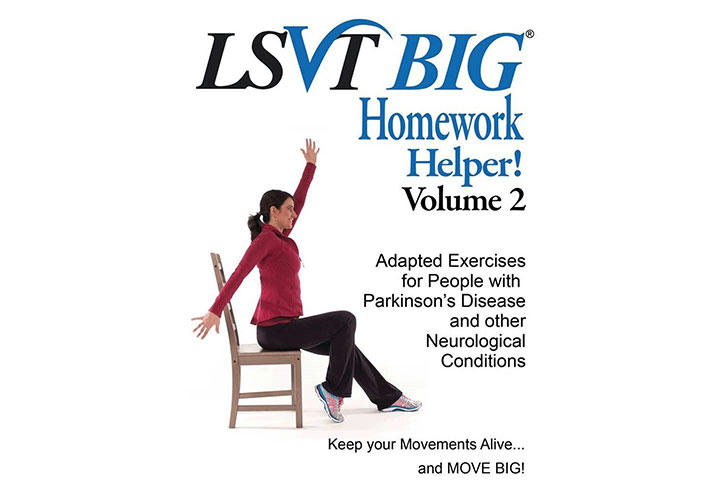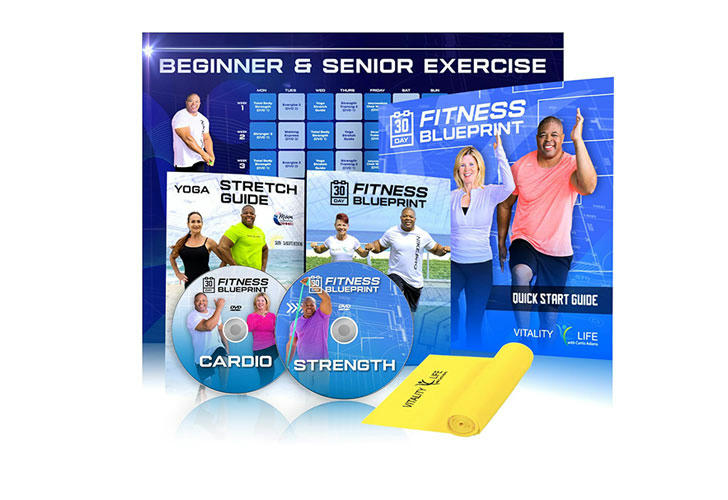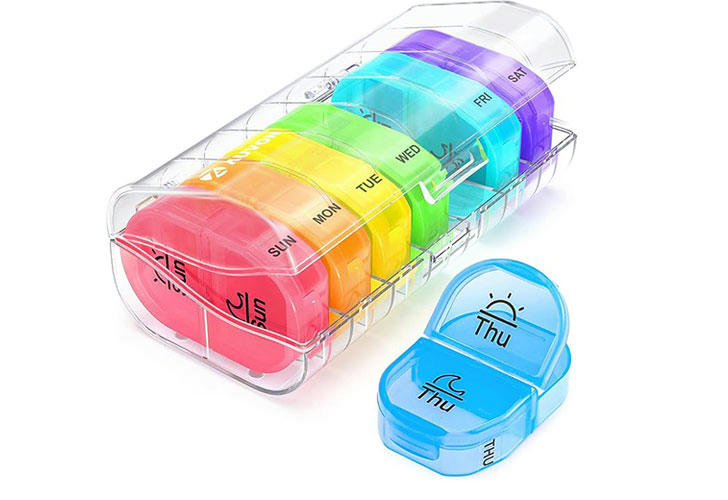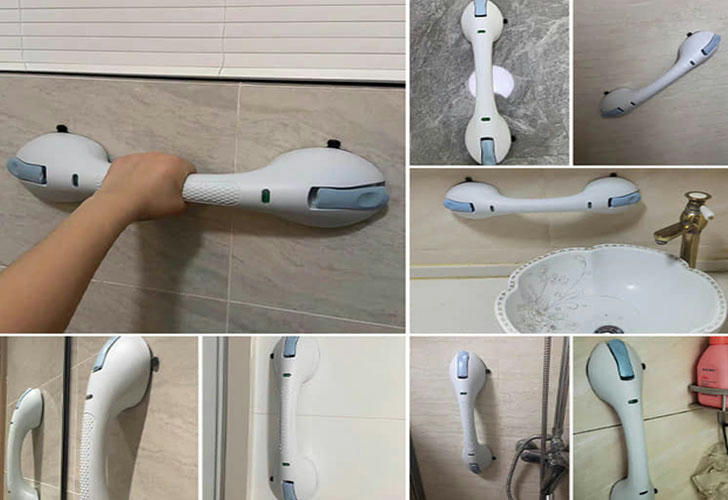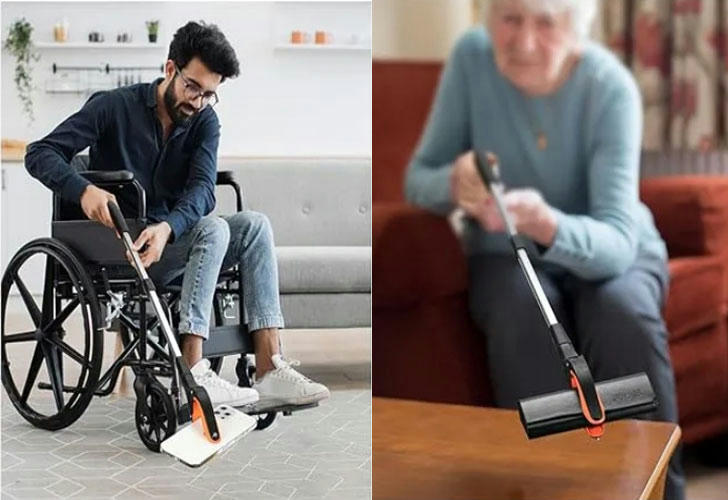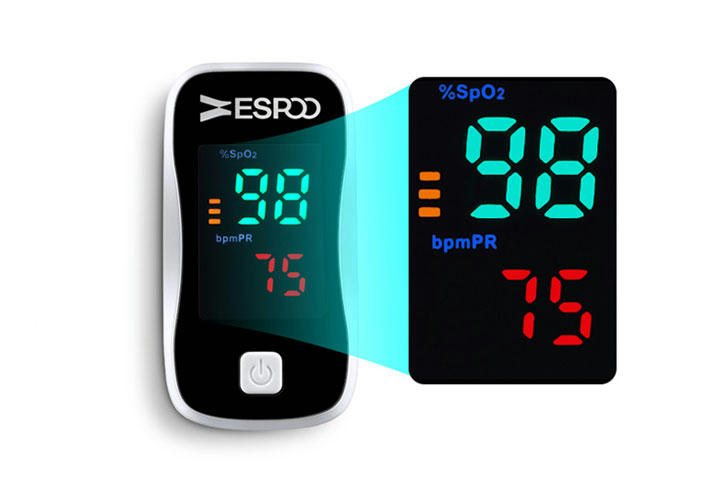How to Conduct Parkinson's Rehabilitation Training at Home
Parkinson's disease is a progressive neurological disorder that affects movement and daily functioning. Managing the symptoms and improving the quality of life for those affected often involves a combination of medication, therapy, and supportive products. Here’s an overview of effective rehabilitation strategies and recommended products to aid in recovery.
1. Strength Training Devices
Overview: Regular exercise is vital for managing symptoms and maintaining physical function.
Recommended Product: Finger Grip Strengthener
• Regular use can improve hand strength and dexterity, counteracting the rigidity and muscle weakness characteristic of Parkinson's. The repetitive squeezing motion helps maintain fine motor control while stimulating brain-muscle connections through neuroplasticity.
2. LSVT BIG Program
Overview: The LSVT BIG program is a research-based exercise approach specifically designed for people with Parkinson’s disease. It focuses on high-amplitude movements to help improve mobility and functional movements.
Structure: The program consists of 16 sessions over four weeks, with each session lasting one hour. It includes both in-clinic practice and assigned home exercises to reinforce skills.
Benefits: Participants often experience improvements in walking speed, balance, and trunk rotation, which are essential for daily activities.
Recommended Product: LSVT BIG Exercise Guide
• This guide provides detailed instructions and illustrations for the exercises included in the LSVT BIG program, making it easier for individuals to practice at home.
3. Parkinson's Wellness Recovery (PWR!) Program
Overview: The PWR! program is an evidence-based initiative that focuses on improving specific movement patterns affected by Parkinson’s disease, such as posture, weight shifting, and trunk rotation.
Structure: The program begins with four basic whole-body movements that can be integrated into any exercise routine. It also includes aerobic exercises and skill practice to enhance brain function.
Benefits: PWR! helps maintain independence and improve overall physical function while promoting neuroplasticity through consistent practice.
Recommended Product: PWR! Exercise DVD
• This DVD features guided workouts that demonstrate the foundational movements of the PWR! program, making it accessible for home use.
4. Medication Management Tools
Overview: Proper medication management is crucial for Parkinson's patients, as they often have complex medication schedules.
Recommended Product: Pill Organizer
• A weekly pill organizer with compartments for each day can help patients keep track of their medications and ensure they take them at the right times. Look for models with alarms or reminders to enhance adherence.
5. Assisted Living Equipment
Overview: Assistive living devices are vital for people with Parkinson's disease, improving safety and independence by compensating for movement impairments.
Recommended Product:
** Slip-Proof Stability Lock**
• For less than the cost of replacing one broken bone, you can keep yourself steady and safe every time you shower.
Foldable Grabber With 360° Swivel Clip
•Comes with an ergonomic handle for a comfortable grip. Clutches and releases with a simple press of a button, can quickly grip objects from high, low, far and narrow areas. It’s a must-have in medical facilities and elderly care to minimize physical strain.
6. Personal Safety Devices
Overview: Safety is a significant concern for individuals with Parkinson’s due to the risk of falls.
Recommended Product:
Oxygen Monitor Fingertip
A fingertip oxygen monitor benefits Parkinson's patients by tracking SpO₂ levels to detect early signs of respiratory issues (e.g., aspiration pneumonia or hypoxemia), monitoring medication-related breathing changes, and providing real-time feedback for proactive health management, reducing complications and improving safety.
Conclusion
For individuals living with Parkinson's disease, utilizing supportive products can significantly enhance their quality of life and independence. From medication management tools and mobility aids to cognitive training apps and comfort items, these products are designed to address specific challenges faced by Parkinson’s patients. Always consult with healthcare professionals when selecting products to ensure they meet individual needs effectively.


